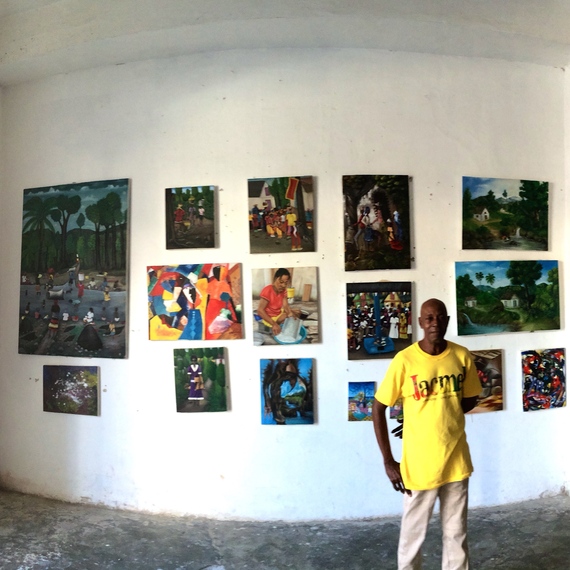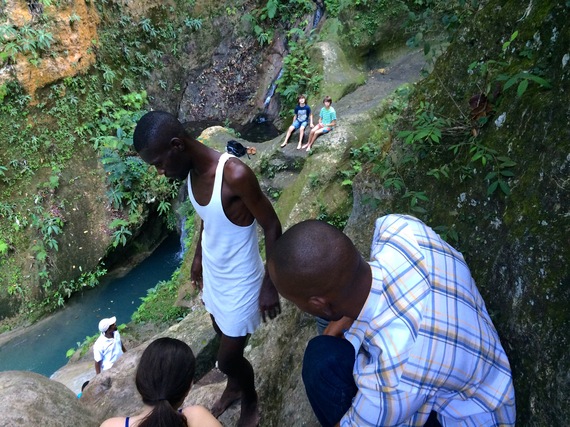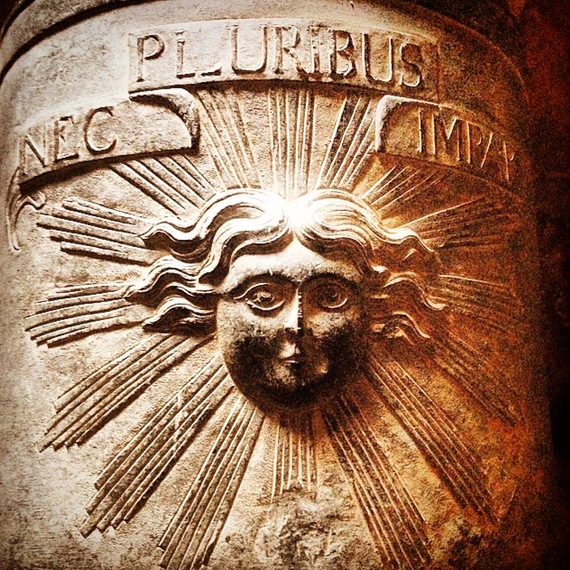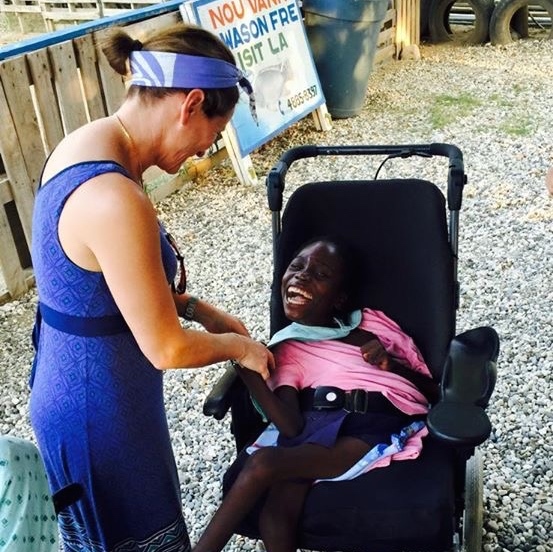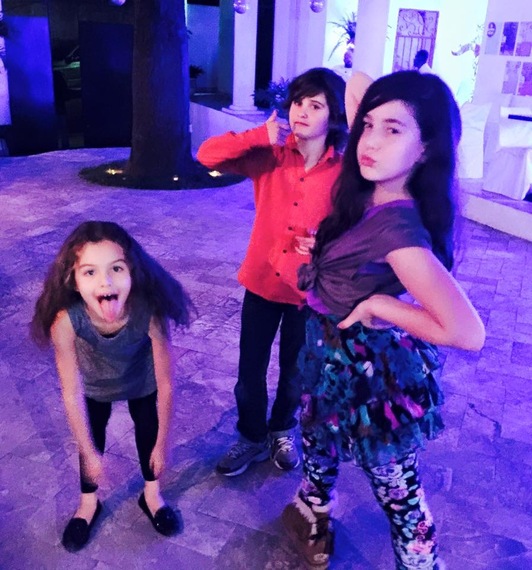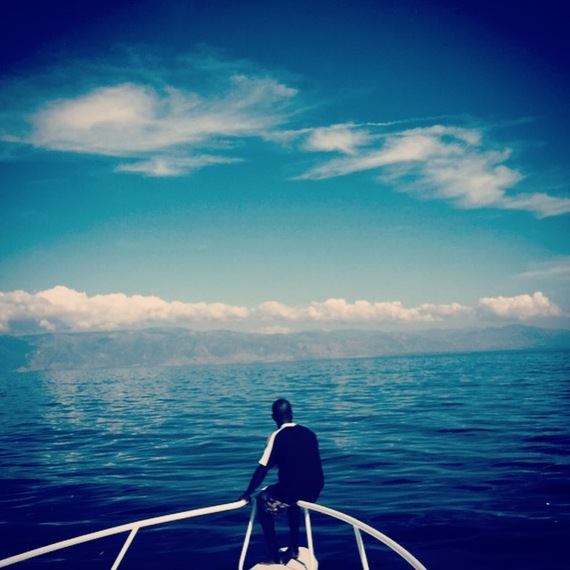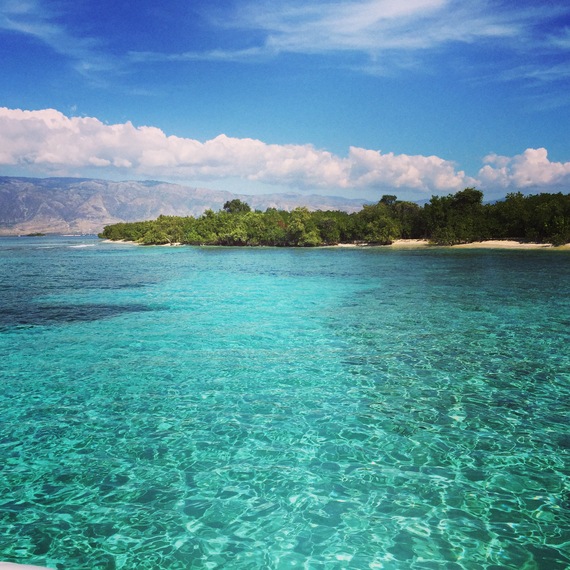 There are many destinations one can think of to spend a holiday vacation; perhaps one of the more unconventional and quixotic destinations is Haiti. And that's exactly where the Browns and the Goodsons - four adults and four children - spent the last ten days. Beforehand I was anxious. Afterwards, I can say that Haiti reaches into your heart and kindles a flame that burns bright. Each of us came to Haiti seeking the same thing - A life changing adventure and some fun. What none of us could foretell was how that would happen, what experiences would leave their mark, and how we would be forever changed.
There are many destinations one can think of to spend a holiday vacation; perhaps one of the more unconventional and quixotic destinations is Haiti. And that's exactly where the Browns and the Goodsons - four adults and four children - spent the last ten days. Beforehand I was anxious. Afterwards, I can say that Haiti reaches into your heart and kindles a flame that burns bright. Each of us came to Haiti seeking the same thing - A life changing adventure and some fun. What none of us could foretell was how that would happen, what experiences would leave their mark, and how we would be forever changed. 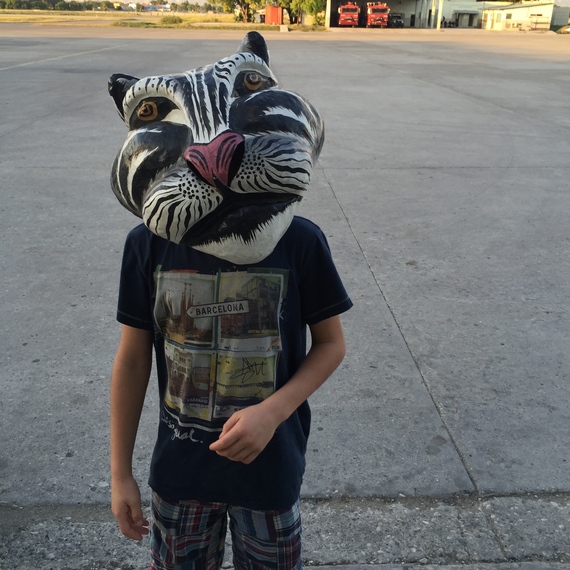 Leading up to this, my understanding of Haiti had been formed by the media stories I had read, especially in connection with the horrific earthquake. What is certain is that the Haitians were tested.
Leading up to this, my understanding of Haiti had been formed by the media stories I had read, especially in connection with the horrific earthquake. What is certain is that the Haitians were tested.
On Monday, January 12th, it will be five years since the massive quake struck Haiti. In 2010, at 4:53 in the afternoon, in the space of 25 seconds, an estimated 300,000 would perish beneath the rubble, many more injured, and over 1,000,000 rendered homeless. Haiti, the poorest country in the Western Hemisphere, only 3 hours flight from New York, with all the misery of its history, had suffered a cruel, bloody blow.
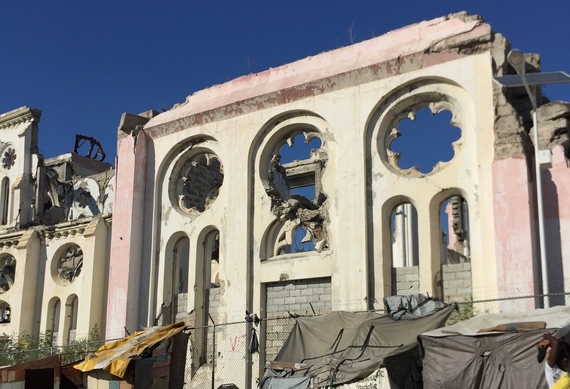 Lilianne Sada told me her story. She had been at the Cathedral in Port-Au-Prince at when the earthquake struck. She heard a rumble, lifted her head to see the great statues inside the building starting to fall over. Then the walls and roof gave way. She pushed the debris off her chest, slabs falling all around her. She made her way to the street. She knelt on what was the doorway as the dust circled her. With her face now white, she looked up into the night sky through a billowing cloud "that felt like 9/11" she said. Choking on the dust, she began her journey up the mountain, back to her home where here husband Maxime was trapped. As she walked through the rubble and broken streets, houses split and shattered around her, an eerie silence fell.
Lilianne Sada told me her story. She had been at the Cathedral in Port-Au-Prince at when the earthquake struck. She heard a rumble, lifted her head to see the great statues inside the building starting to fall over. Then the walls and roof gave way. She pushed the debris off her chest, slabs falling all around her. She made her way to the street. She knelt on what was the doorway as the dust circled her. With her face now white, she looked up into the night sky through a billowing cloud "that felt like 9/11" she said. Choking on the dust, she began her journey up the mountain, back to her home where here husband Maxime was trapped. As she walked through the rubble and broken streets, houses split and shattered around her, an eerie silence fell.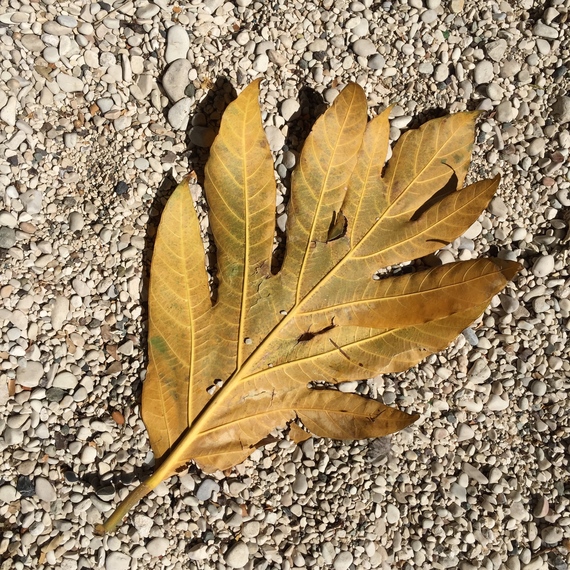 And today? The doves have returned to the windowsills. Many things had been healed and been put right. Port-Au-Prince has come a long way since people were scrambling over bricks and shattered windows, even as the rubble and pain still linger. Someone in Haiti told me "Never stop believing" and you feel this the moment you step foot into the country. On first sight, the capital, of Port-Au-Prince is visually overwhelming, like the sound of one hundred thousand piano keys playing all at once. Brightly colored 'tap-tap' buses navigate through the squalor, miles upon miles of roadside stands selling fruit and vegetables on cloth laid out on the sidewalk, shoes, clothing, shampoo, household goods. Everyone is selling, but who is buying? The city it best viewed tilted. It's one massive maze, like the branches of a tree. When we left our hotel we took a right and then a left about twenty times to reach the bottom of the hill, into the sea of humanity that floods the streets and sidewalks.
And today? The doves have returned to the windowsills. Many things had been healed and been put right. Port-Au-Prince has come a long way since people were scrambling over bricks and shattered windows, even as the rubble and pain still linger. Someone in Haiti told me "Never stop believing" and you feel this the moment you step foot into the country. On first sight, the capital, of Port-Au-Prince is visually overwhelming, like the sound of one hundred thousand piano keys playing all at once. Brightly colored 'tap-tap' buses navigate through the squalor, miles upon miles of roadside stands selling fruit and vegetables on cloth laid out on the sidewalk, shoes, clothing, shampoo, household goods. Everyone is selling, but who is buying? The city it best viewed tilted. It's one massive maze, like the branches of a tree. When we left our hotel we took a right and then a left about twenty times to reach the bottom of the hill, into the sea of humanity that floods the streets and sidewalks. 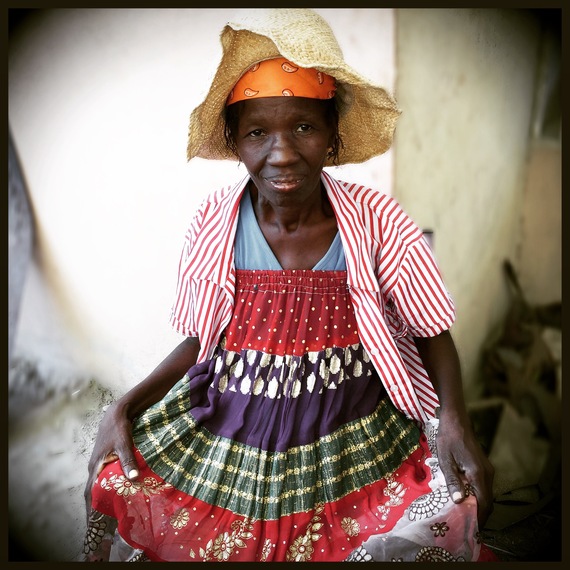

 Along the dusty way, there's music, there's hole in the wall bars, and people dancing in the street, food stands, and in areas where there may be tourists, or at least UN troops stationed, paintings for sale. Somehow, it was all hanging together, though anti-government protests could pop up any moment to gridlock the traffic.
Along the dusty way, there's music, there's hole in the wall bars, and people dancing in the street, food stands, and in areas where there may be tourists, or at least UN troops stationed, paintings for sale. Somehow, it was all hanging together, though anti-government protests could pop up any moment to gridlock the traffic.
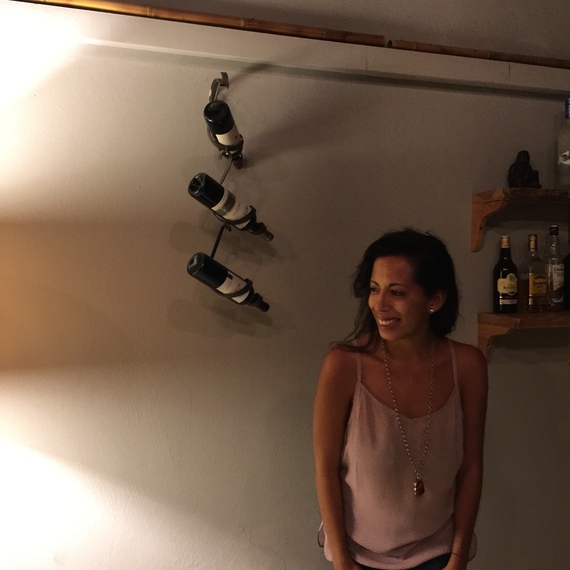 We stayed at the Maxime Boutique Hotel, owned by Maxime, and presided over by his wife Lilianne and wonderfully managed by Jihane Sada, his daughter. Behind the concrete walls topped with barbed wire, behind the steel doors at the entry, was this Haitian pearl, with eight exquisitely decorated rooms full of art, perched near the top of the hill overlooking the city. From here, the air is golden and the wind is green, with hawks gliding above the city. So it was throughout Haiti -- whole worlds just beyond forbidding walls and doors, separate lives protected from the chaos that would otherwise engulf them. For those intrepid enough to journey to these doors, beauty awaits.
We stayed at the Maxime Boutique Hotel, owned by Maxime, and presided over by his wife Lilianne and wonderfully managed by Jihane Sada, his daughter. Behind the concrete walls topped with barbed wire, behind the steel doors at the entry, was this Haitian pearl, with eight exquisitely decorated rooms full of art, perched near the top of the hill overlooking the city. From here, the air is golden and the wind is green, with hawks gliding above the city. So it was throughout Haiti -- whole worlds just beyond forbidding walls and doors, separate lives protected from the chaos that would otherwise engulf them. For those intrepid enough to journey to these doors, beauty awaits.
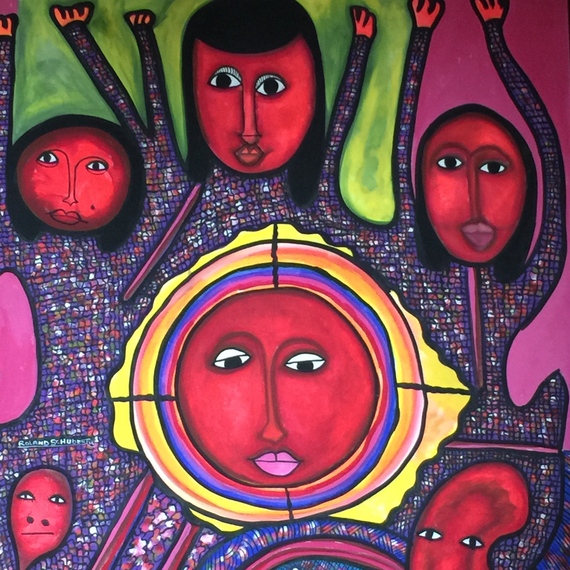 We'd come to Haiti to see the art, to visit the artists. We asked to be driven to the Croix des Bouquets part of the city known for it's incredible metalworking.
We'd come to Haiti to see the art, to visit the artists. We asked to be driven to the Croix des Bouquets part of the city known for it's incredible metalworking. 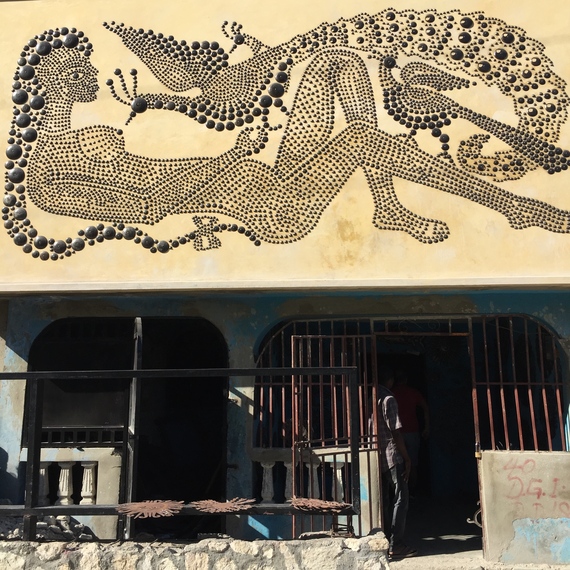 Enroute along the long slow bumpy journey, the road was lined with people sitting selling their wares -- children's clothing, used, but neatly pressed and clean, hanging off wires, on fences, piles of mangoes, tangerines, breadfruit, lotto booths, stands selling what we'd see here in a Dollar Store. But who was buying? We passed the refugee camps where people still live en masse since the earthquake. Once in the metal working district, we came upon tens of small shops each featuring an artist and his metal art, hung everywhere on the walls, with an occasional sculpture, with every piece informed by folk and voodoo iconography. The artists in Haiti work with what they can find. Here, they take 55 gallon oil drums, flatten then, cut them into pieces, then start banging out forms and shapes until many hours later, days later, the piece is completed. Often the pieces are augmented by what would call 'found art': Pieces of antique doll heads, marbles, rubber, broken sunglasses forming fantastic creatures with say spoons as hands and ladles as feet. In one shop, this was head and body of a demon welcoming us. And alongside this, a life-size motorcycle made entirely by hand, complete with a spectral rider.
Enroute along the long slow bumpy journey, the road was lined with people sitting selling their wares -- children's clothing, used, but neatly pressed and clean, hanging off wires, on fences, piles of mangoes, tangerines, breadfruit, lotto booths, stands selling what we'd see here in a Dollar Store. But who was buying? We passed the refugee camps where people still live en masse since the earthquake. Once in the metal working district, we came upon tens of small shops each featuring an artist and his metal art, hung everywhere on the walls, with an occasional sculpture, with every piece informed by folk and voodoo iconography. The artists in Haiti work with what they can find. Here, they take 55 gallon oil drums, flatten then, cut them into pieces, then start banging out forms and shapes until many hours later, days later, the piece is completed. Often the pieces are augmented by what would call 'found art': Pieces of antique doll heads, marbles, rubber, broken sunglasses forming fantastic creatures with say spoons as hands and ladles as feet. In one shop, this was head and body of a demon welcoming us. And alongside this, a life-size motorcycle made entirely by hand, complete with a spectral rider.
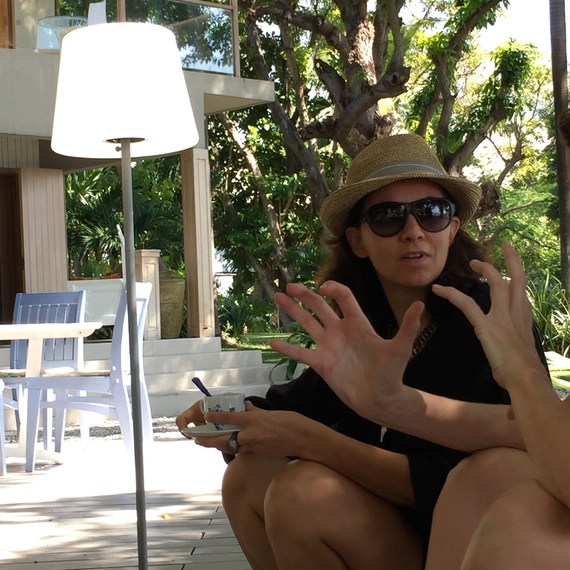
Paula Coles has contributed to the study and understanding of Haitian culture. She loves to be among the Haitians and especially the creative Haitians. She has a prodigious personality. Together with Paula, we picked places in Haiti and we went, rode cars, flew an airplane, and stood together in a rain forest in the very south in Jacmel, smelling flowers we've never seen and hearing birds we've never heard, watching waves and rocks, and seeing art we hadn't expected. We visited the Haitian artist called Ronald Mevs, a former truck driver who lives in a small rainforest in a house he built with his bare hands. 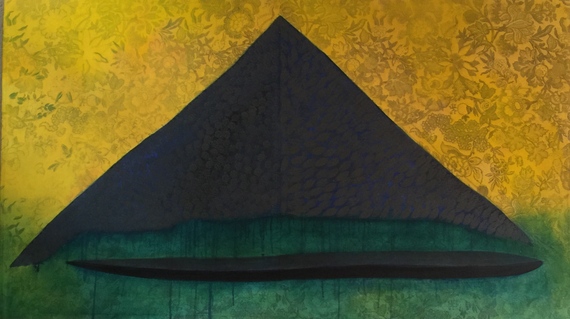 His paintings were wide and full of ochre. That first art experience was like rapture.
His paintings were wide and full of ochre. That first art experience was like rapture. 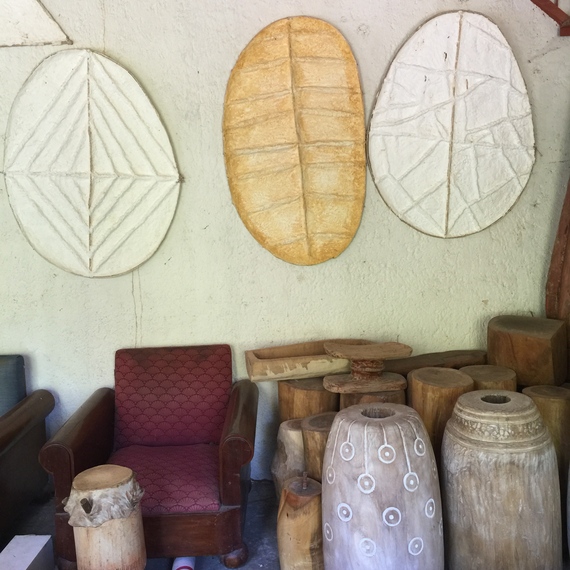
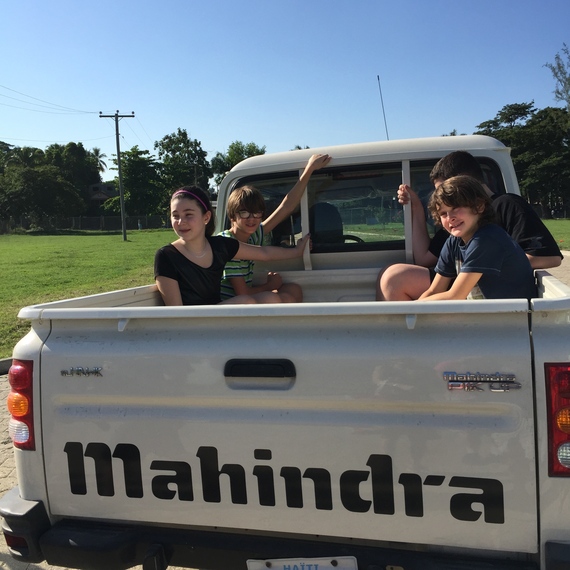 We then drove to Jacmel, the cultural capital of Haiti, and a World Heritage site. The mansions of Jacmel with their cast-iron furnishings would later come to influence the home structure of much of New Orleans. Today, many of these homes are now artisan shops that sell vibrant handicrafts, papier-mâché masks and carved-wood animal figures. In recent years, efforts have been made to revitalize the once flourishing cigar and coffee industries. The town is a popular tourist destination in Haiti due to its vibrant art scene, natural beauty, relative tranquility and distance from the political turmoil that plagues Port-Au-Prince. In Jacmel, we had lunch at the rustic antique Hotel Florita, filled with local artwork in a room that could have been a great bar in old Havana.
We then drove to Jacmel, the cultural capital of Haiti, and a World Heritage site. The mansions of Jacmel with their cast-iron furnishings would later come to influence the home structure of much of New Orleans. Today, many of these homes are now artisan shops that sell vibrant handicrafts, papier-mâché masks and carved-wood animal figures. In recent years, efforts have been made to revitalize the once flourishing cigar and coffee industries. The town is a popular tourist destination in Haiti due to its vibrant art scene, natural beauty, relative tranquility and distance from the political turmoil that plagues Port-Au-Prince. In Jacmel, we had lunch at the rustic antique Hotel Florita, filled with local artwork in a room that could have been a great bar in old Havana. 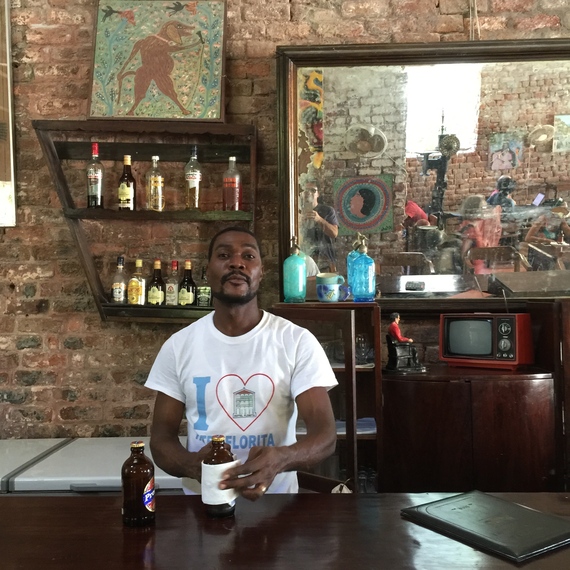 Dark wood, moody, brick, strong, colorful, and surrounding this a fragrant green garden with tiny grey pebbles upon which the lunch tables sat.
Dark wood, moody, brick, strong, colorful, and surrounding this a fragrant green garden with tiny grey pebbles upon which the lunch tables sat.
From there we made a stop in to the home of Jean Paul Sylvaince, an artisan who makes beautiful vases out of papier-mâché and tobacco leaves. 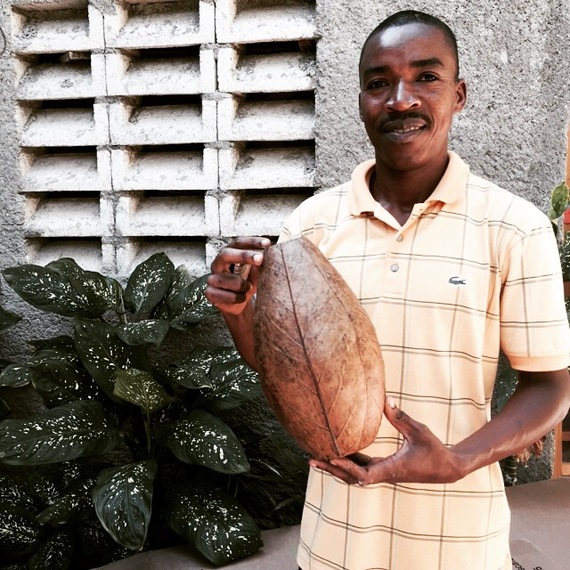
We visited the local film school called Cine Institute, sponsored by Ben Stiller. It proclaims to be a place that creates modern opportunities for Haiti's youth. Through college training in film production and new audio-visual technologies, the institute fosters entrepreneurship and business development in different media industries such as film making. This is a space for creative inspiration. 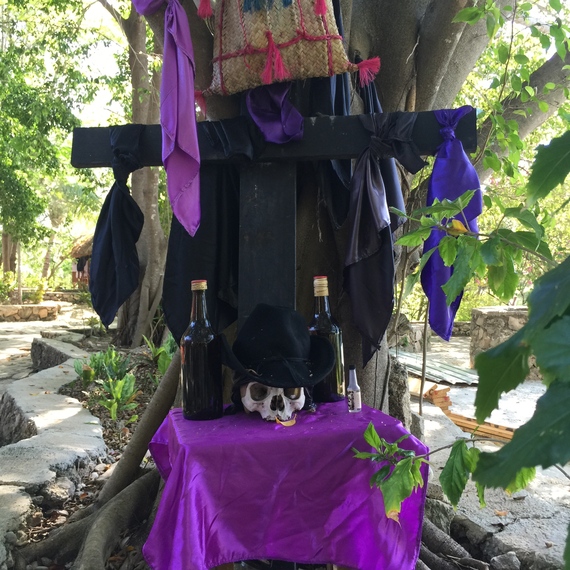 Voodoo offerings and conditions for creativity, and lessons for creative people everywhere. There are fresh water wells and underground caves that bring you to the sea. That and a view you can stare at for a thousand years.
Voodoo offerings and conditions for creativity, and lessons for creative people everywhere. There are fresh water wells and underground caves that bring you to the sea. That and a view you can stare at for a thousand years. 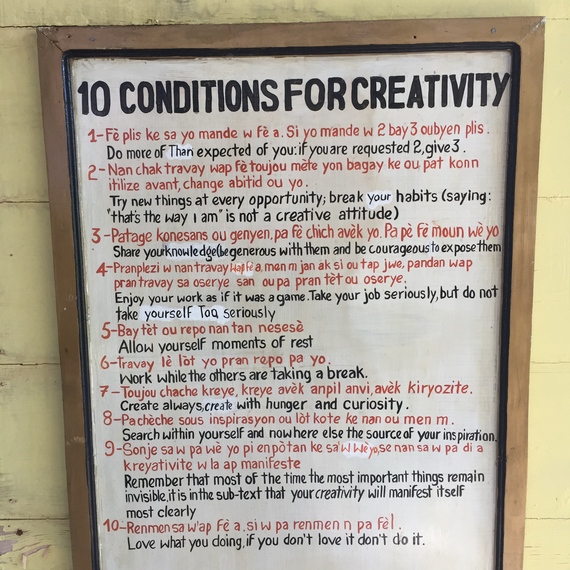
From here we visited several local art galleries in Jacmel. Our guide had been a journalist during the earthquake and when I asked him about that experience, it was as if I was dropping a molten stone into the palm of his hand. There was immediate pain and horror and anguish. 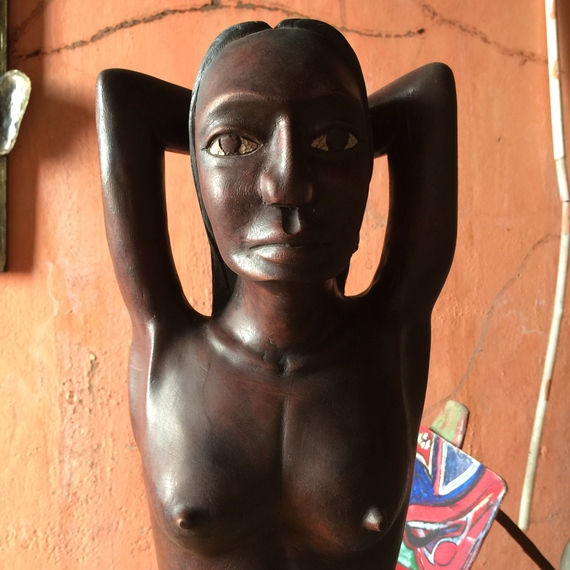
After lunch we ventured to the other side of the town, near the river and then up to the top of a mountain with an incredible view over Jacmel, the port and the sea. This is where the Canadian navy landed a frigate a day after the earthquake to bring fresh water and food, and help the local inhabitants. At the top of the mountain, we stopped the vehicle and started to walk for about twenty minutes up into the forests, enjoying the cool cover of the lush vegetation while heading to the Bassin-Bleu. After climbing over boulders and slippery rocks, we swiftly changed into bathing suits and jumped from the waterfalls into an azure-colored watery grotto. We swam at the foot of the falls and in the cool pristine basins. Bassin-Bleu is truly a national treasure of Haiti - in fact, one of the best reasons to make the journey to Jacmel.
We returned to Port-Au-Prince for the evening and a delicious dinner. The next morning, we ventured up north to Cap Haitian. The hearts of the Haitians do not fall. Maybe because there is a pride due to Henry Christophe, the first King of the Haitians, and the leader of the nation's slave rebellion which broke away from France in 1804. He built a palace, now in ruins from a previous earthquake, which sits atop a mountain. 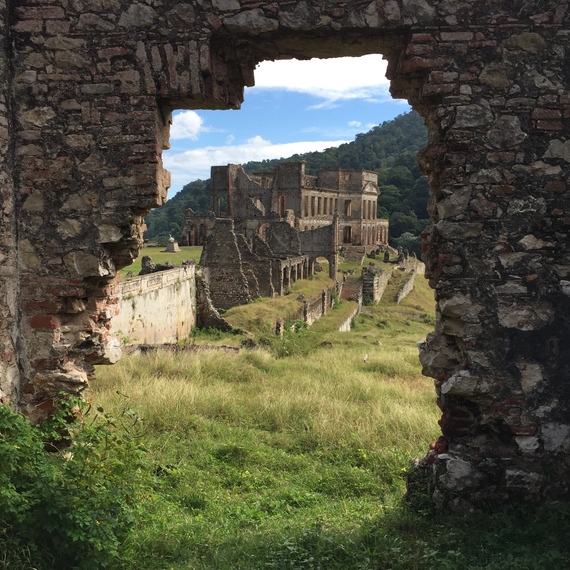 Suddenly we see skinny brown horses marching upwards, their hooves digging into the rock. Still higher up sits a fortress, the largest in the Americas. At that height, shoals of clouds breeze past. How did such a monstrous thing get up to the mountaintop?
Suddenly we see skinny brown horses marching upwards, their hooves digging into the rock. Still higher up sits a fortress, the largest in the Americas. At that height, shoals of clouds breeze past. How did such a monstrous thing get up to the mountaintop? 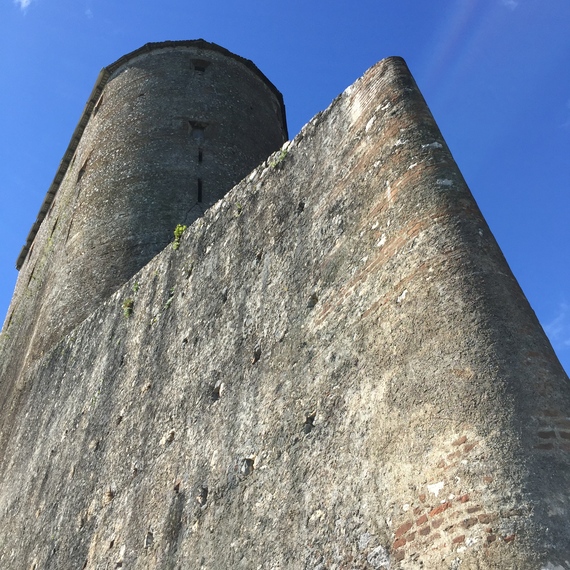
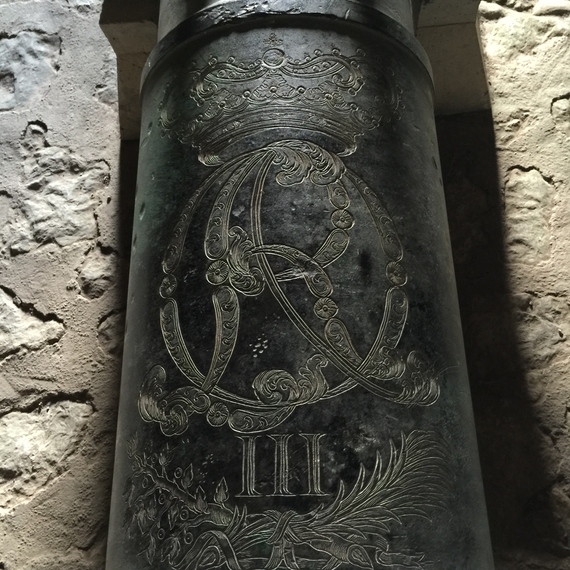 How did they get all those cannon from the royal armies of 18th century Europe all the way to the sky? They have some massive collection of authentic, original 18th century cannon in this one fort. They even have original cannon from the French Sun King. However, Napoléon Bonaparte decreed that the crown and coat of arms on the cannon be filed off.
How did they get all those cannon from the royal armies of 18th century Europe all the way to the sky? They have some massive collection of authentic, original 18th century cannon in this one fort. They even have original cannon from the French Sun King. However, Napoléon Bonaparte decreed that the crown and coat of arms on the cannon be filed off. 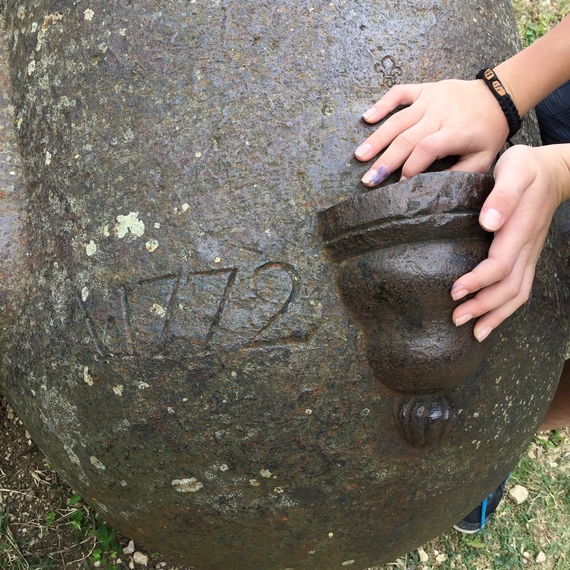
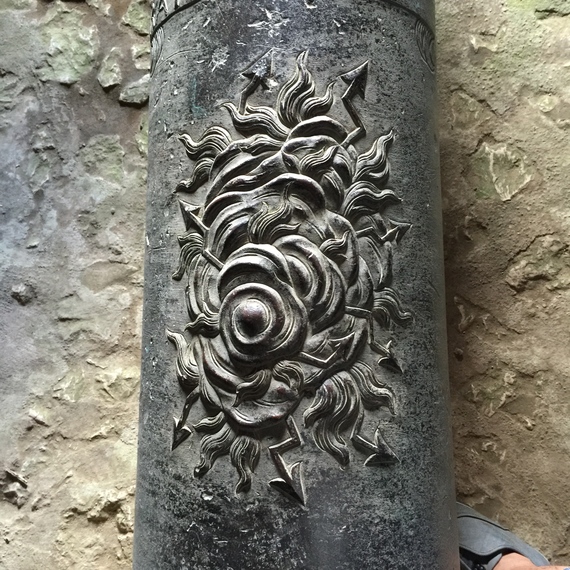 It's unfathomable. I stood beneath the fort of La Citadelle and looked up through a hole in the palace and heard Henry Christophe say "come and get me." He knew he couldn't defend the beaches, so he built a Citadel that was impossible to breach. Even the earthquakes throughout the centuries haven't managed to break through let alone move a cannon ball. Afterwards, we dug into and experimented with the delicious local dishes that our guide Maurice and his daughter prepared at the "Lakou Lakay" cultural center. Maurice brought Henry Christophe to life. Voodoo or no voodoo, for most of the Citadel tour, I felt the spirit of the former king come to life vicariously through the words, gestures and piercing eyes of Maurice. He spoke about every detail, what the Haitians who lived in the palace wore, what they said, where the soldiers stood, and in the voice of the cultured monarch long since dead, spoke of liberty, freedom and the integrity of men.
It's unfathomable. I stood beneath the fort of La Citadelle and looked up through a hole in the palace and heard Henry Christophe say "come and get me." He knew he couldn't defend the beaches, so he built a Citadel that was impossible to breach. Even the earthquakes throughout the centuries haven't managed to break through let alone move a cannon ball. Afterwards, we dug into and experimented with the delicious local dishes that our guide Maurice and his daughter prepared at the "Lakou Lakay" cultural center. Maurice brought Henry Christophe to life. Voodoo or no voodoo, for most of the Citadel tour, I felt the spirit of the former king come to life vicariously through the words, gestures and piercing eyes of Maurice. He spoke about every detail, what the Haitians who lived in the palace wore, what they said, where the soldiers stood, and in the voice of the cultured monarch long since dead, spoke of liberty, freedom and the integrity of men. 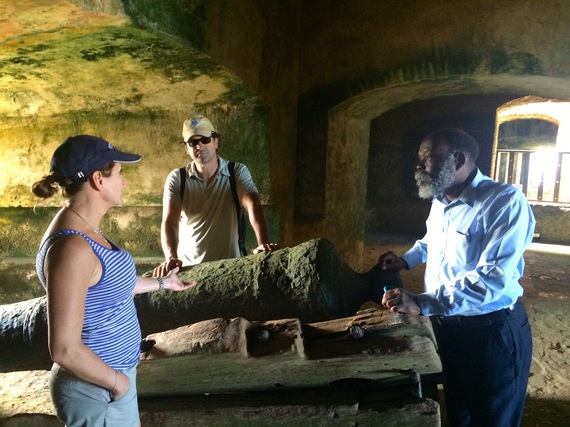
Following this was an experience that we all had been looking forward to. We visited one of Haiti's most extraordinary and loving children's homes called Zami Beni, run by Loune Viaud whose soul glows with some kind of fundamental kindness. Please do visit the website and make a donation, I can vouch that it will go to a wonderful place the kids call home.  Sponsored by Partners in Health and the Deerfield foundation and supported by AFYA. Beautiful, happy children and what soccer players! Julian, Jacoby and Ellis joined in a World cup-qualifying match on the dusty plain just in front of the main building.
Sponsored by Partners in Health and the Deerfield foundation and supported by AFYA. Beautiful, happy children and what soccer players! Julian, Jacoby and Ellis joined in a World cup-qualifying match on the dusty plain just in front of the main building. 
 The main house is colorfully decorated, it has a large fish aquarium, and the walls are lined from floor to ceiling with hundreds of books. Hours later the soccer ball was plucked up by a little girl in a yellow shirt with big reflective eyeglasses. It was time to wash up. Game over.
The main house is colorfully decorated, it has a large fish aquarium, and the walls are lined from floor to ceiling with hundreds of books. Hours later the soccer ball was plucked up by a little girl in a yellow shirt with big reflective eyeglasses. It was time to wash up. Game over.
Back in Port-Au-Prince, we returned to Hotel Maxime our urban sanctuary. We visited Azul, the most delicious Haitian art gallery and open-air restaurant run by Axelle Liautaud whose most revealing side was a taste for dark voodoo art. When we sat down for dinner the deliciousness began. Haitian cuisine, spicy fresh fish, perfect. The blue hues and dramatic lighting in the restaurant moved us all, especially the children.
The next day we visited the painter Iris, whose real name is Genevieve Esper, with her deeply moving etchings and architectural inspired spiral paintings. Genevieve Iris Esper is a Haitian Modernist who studied at L'Ecole Beaux Art in Paris and has an art degree in architecture. Iris did not begin painting until she was 33 and at 39 she is still called upon to execute the occasional structural design, but purely creative art is now her domain. The artist's distinctive style shows architectural influences of Byzantine and medieval style. 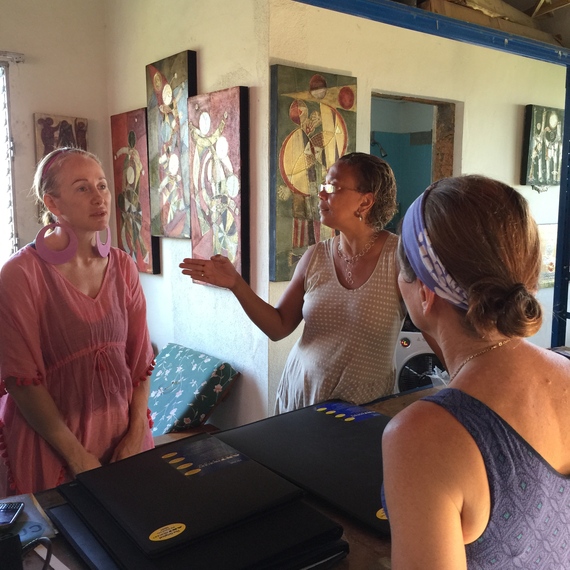
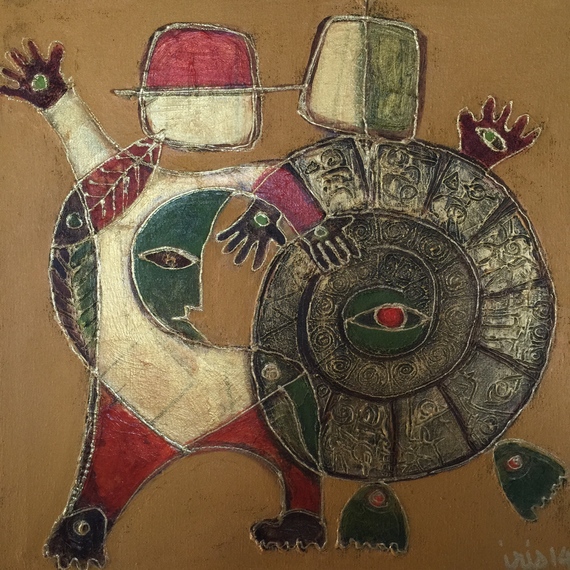
And then it was off to visit Pascale Théard, who grew up in Port-Au-Prince. Her father was a Haitian art connoisseur, who surrounded himself with painters and artists while her mother came from a family with a leather factory that was established in 1827. Studying in France, she wrote her thesis on " The symbolism of shoes at the threshold of the XXIst Century". She returned to Haiti to open Pascale Théard Créations, her own line of sandals and accessories. She operates a store featuring her designs and she curates modern artwork from up and coming local painters such as Killy and sculptures made from old rubber tires, and super cool, handmade mini voodoo doll key chains. 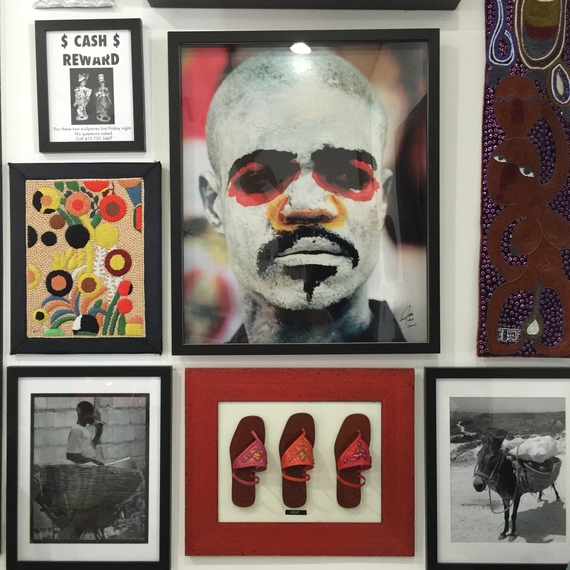

We spent the afternoon out in Montrouis on the road heading north to Cap Haitian. Stephane Coles and Natacha Cassis hosted us for the boat ride and lunch and Tariq, Stephane son's joined us. Leaving Port-au-Prince, we drove the highway that only a few years ago was a red-zone no go zone. Now it is safe. There is the former Club Med which has been converted into a lovely sandy beach resort by Veronique. The day we passed by, there was effusive Haitian music and a wonderful beach spread out before us. Stephane, Natacha and Tariq took us fishing, then snorkeling in a sea with gorgeous water, beds of sea urchins, and then we cruised past the treacherous looking Ile de la Gonave, a deserted pirate island off the coast of Haiti. 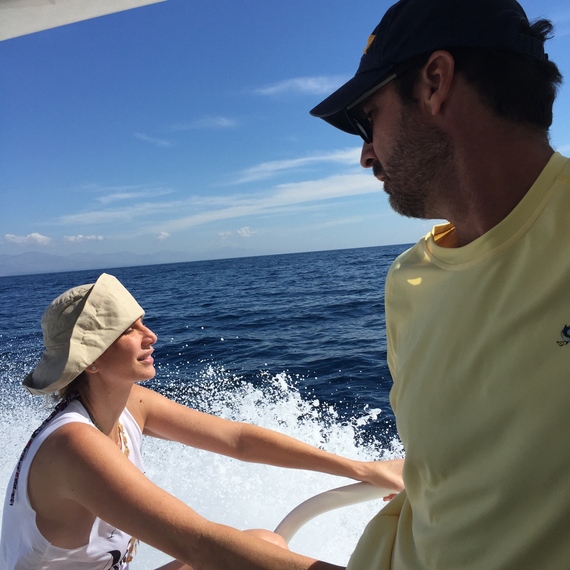
That evening we met Maryse Penett-Kedar, the energetic and inspiring thought leader and her husband Daniel. A most welcoming couple that invited us into their home for beers and snacks and incredible and deep conversation about the future of Haiti. Our conversation centered around education and the need to find ways to sponsor PRODEV, whose mission is to develop, manage and support schools and centers in under-served communities. To give you a sense of how much energy she has, Maryse was previously Minister of Tourism, Minister and Counselor to the European Economic Union, and Ambassador to Brussels. She lends her time to many NGOs, and serves on the board of Centre Haitien du Leadership et L'Excellence (CHLE - Haitian Centre for Leadership and Excellence). She is also the President of PRODEV and is deeply involved in daily operations. She also has a welcome home where our kids felt free to let loose and have some fun. 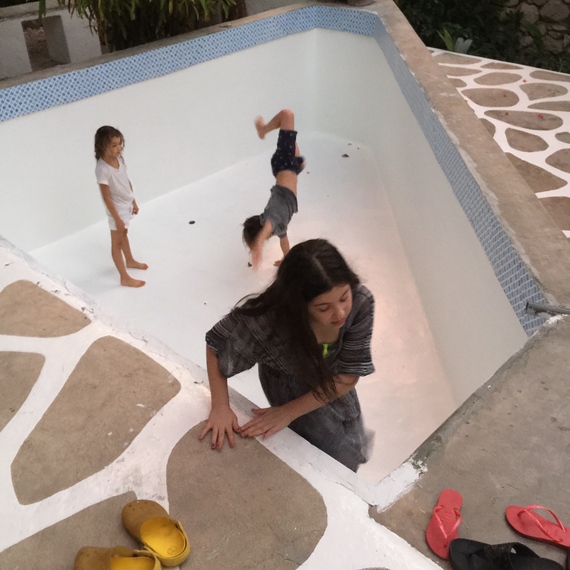
Later that evening, we met Buddy and Veronique and Christian and Maggy, and also had the pleasure of visiting their old style colonial home. Devastated by the quake it has since been rebuilt by Japanese architects. Events that then seemed jumbled have since settled into place. We had dinner at Maxime's together with many of our new friends as well as activist and actress Maria Bello and Claire Munn both who have invested a substantial amount of their time to the rebuilding of Haiti.
I was not glad to be so near the end. It had all gone too quickly. I hear a single sax that plays the scales. Drums are blaring as we eat plantains. The echoes of the wrecked houses and stones are around us. The laughter of "Lovely" in the children's home warms our hearts. The motors of the colorful "Tap Taps", the Haitian form of public transportation that you tap to stop, and the passion for art in all it's glorious and dazzling forms. 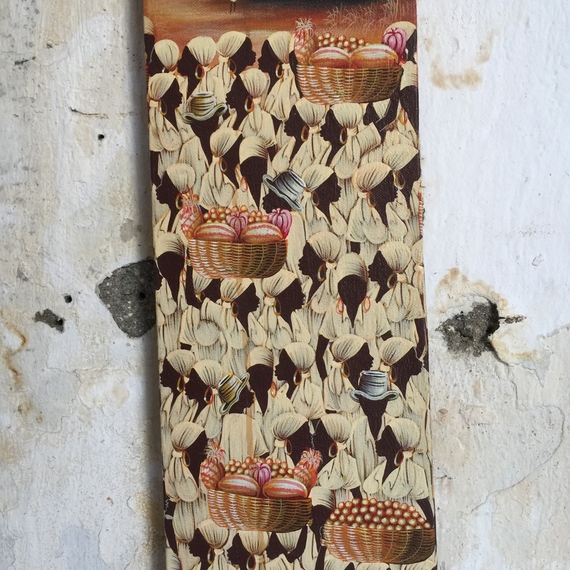
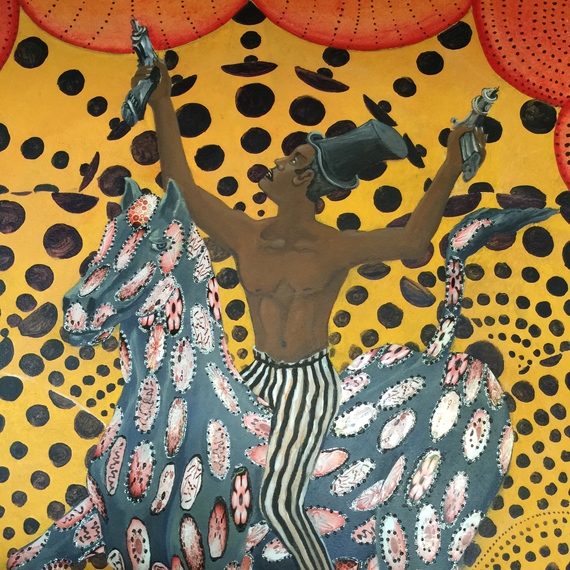
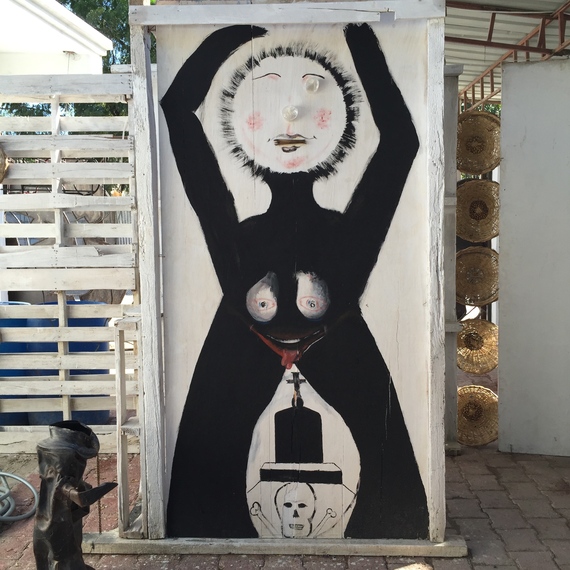
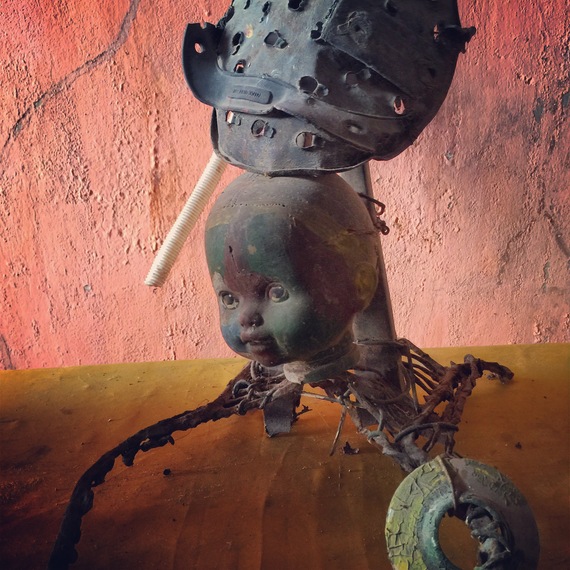
Mr. Martelly the current President has done well to re-engineer the country and he's popular with many Haitians. But popularity itself can't solve the challenges ahead.
Tackling questions of life, economy, stability, endurance and moral obligations post earthquake and during the rebuilding of the nation, we traveled across incredible terrain seeking out precise and artful and ingenious answers. There is great unimaginable poverty, and close to 90,000 people still living in tent cities. This must be dealt with and ideas and financial support are most needed. Although knowing where to put your money is not easy. The schools and organizations I have mentioned in this article are very worthy, and I recommend them to you. Impressively, Haiti is also a vastly beautiful place if you have the adventurous spirit of a traveler vs. a tourist to visit in 2015.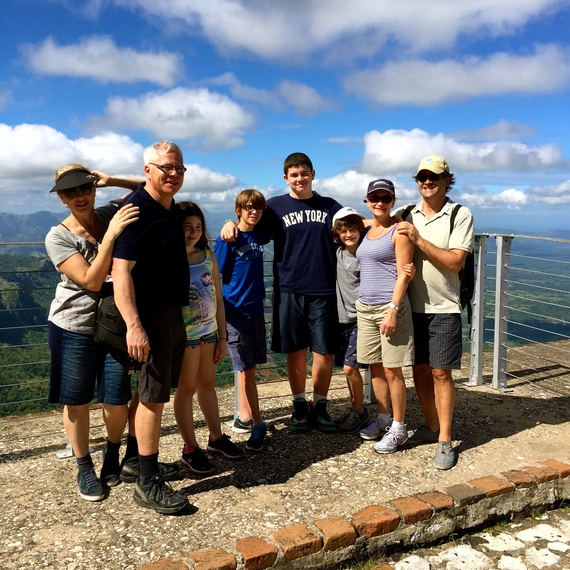
As I linger over the fresh images of Haiti, in my head roars a single thought: All who fell during the quake rise again in the grass, trees, energy, art, passion and creativity in the new Haiti. The sounds of everyone running around in the dust. The youth with smiles and shouts of hello. A new Haiti is slowly rising to its dignity. Perhaps this is the documented proof, the very beginning of a new Haiti.
